Scientific Handwriting (Including Diagrams, Equations Etc.)
-
Forum Statistics
352.5k
Total Topics4.6m
Total Posts -
Member Statistics
125,634
Total Members2,522
Most OnlineNewest Member
C_O
Joined -
Images
-
Albums
-
Misfit’s 6th Album
- By Misfit,
- 5
-
Pins
- By Astronymus,
- 0
- 0
- 53
-
Beechwood
- By Beechwood,
- 0
- 4
- 49
-
Extra Fine Nib Ink Reviews (17 of n)
- By LizEF,
- 0
- 41
- 41
-
Trios
- By Penguincollector,
- 0
- 0
- 44
-


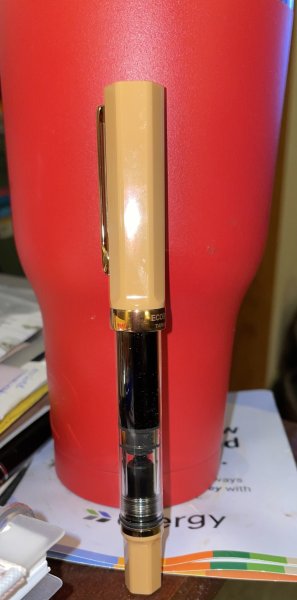
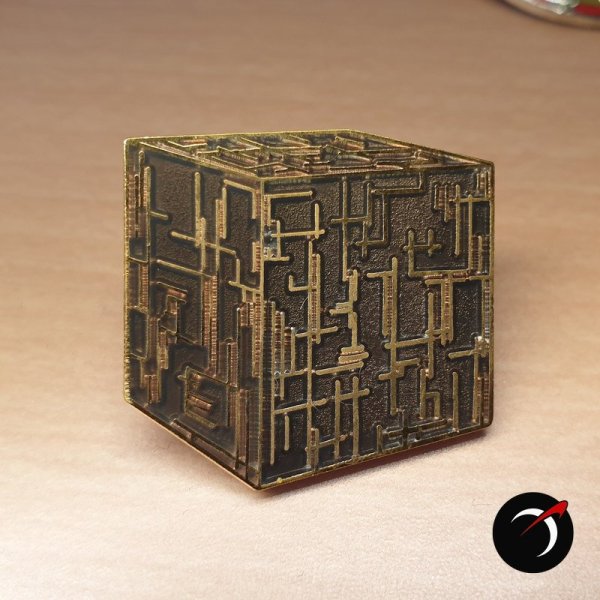

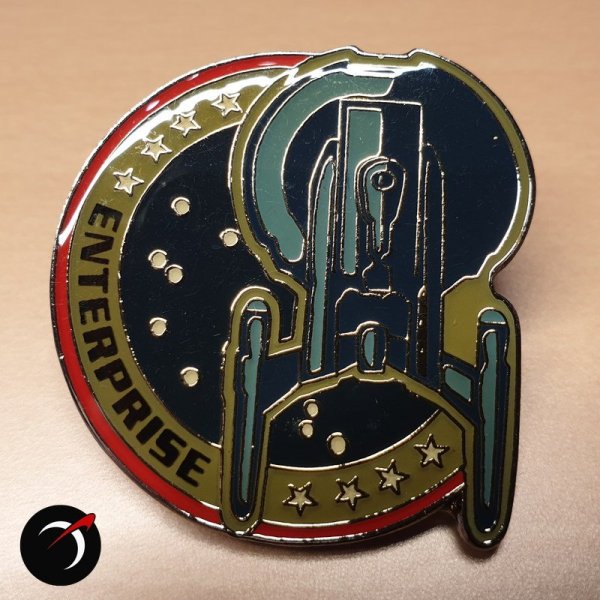
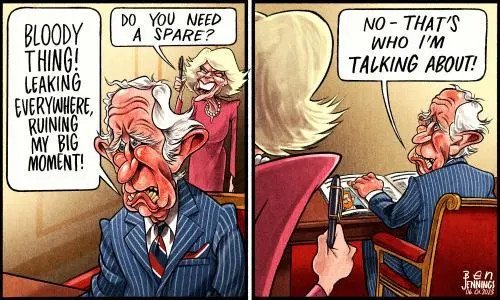
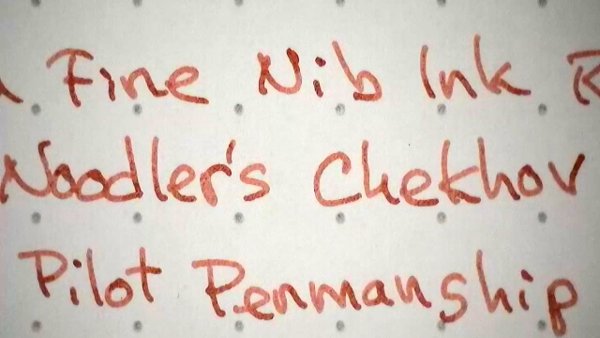
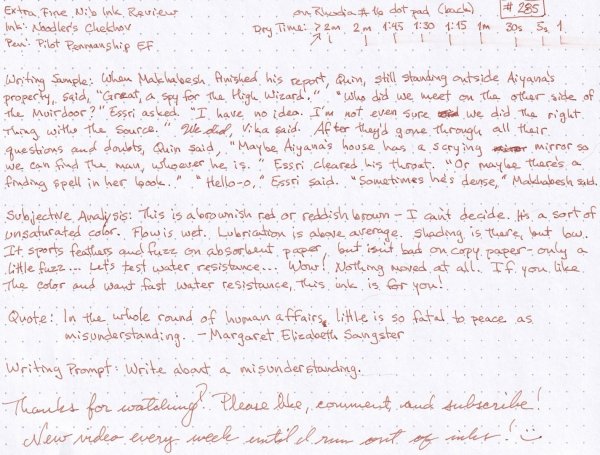
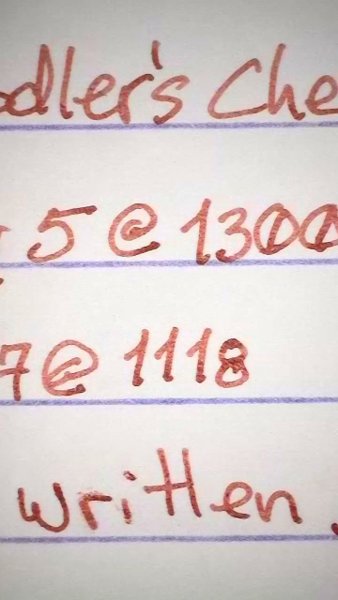
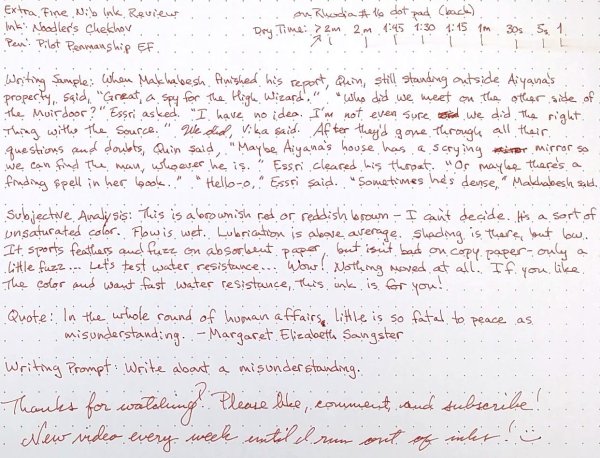
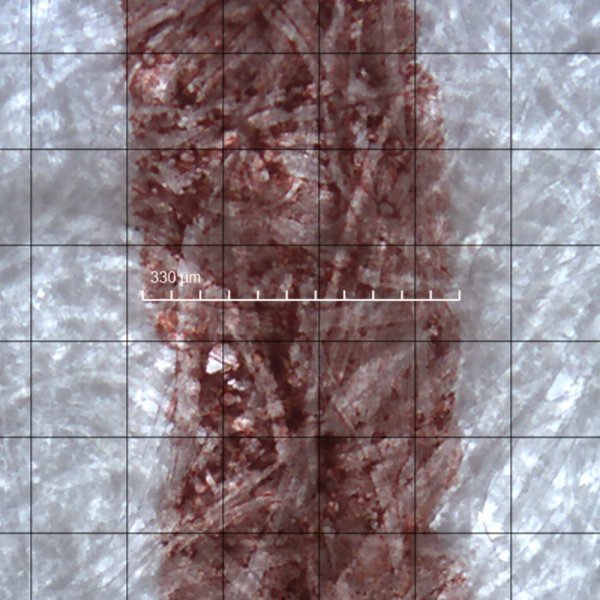
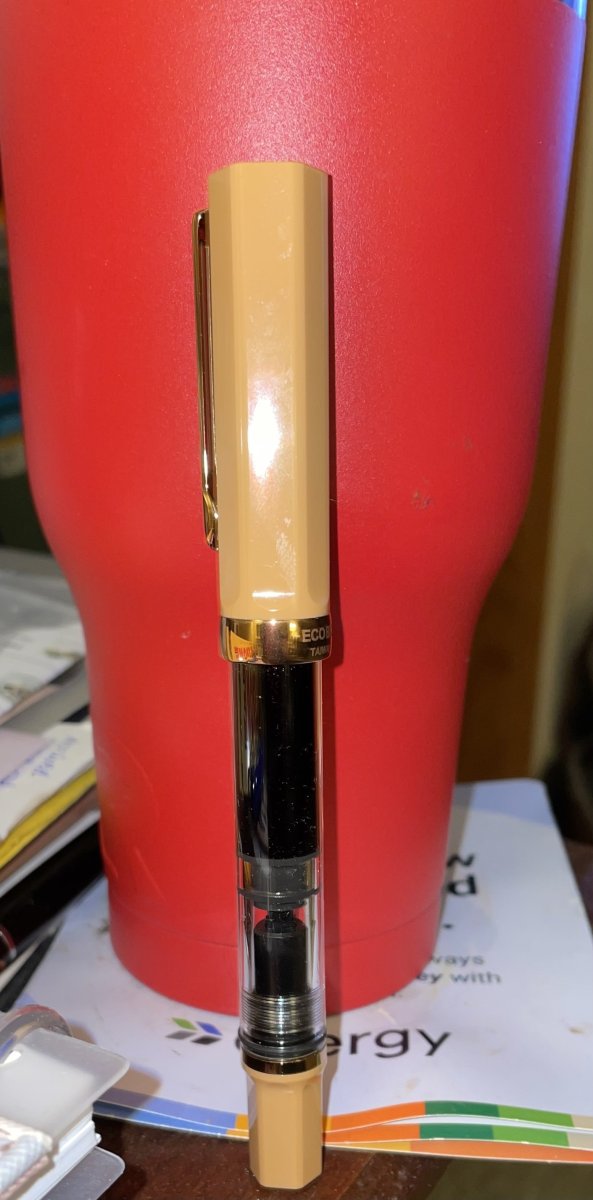
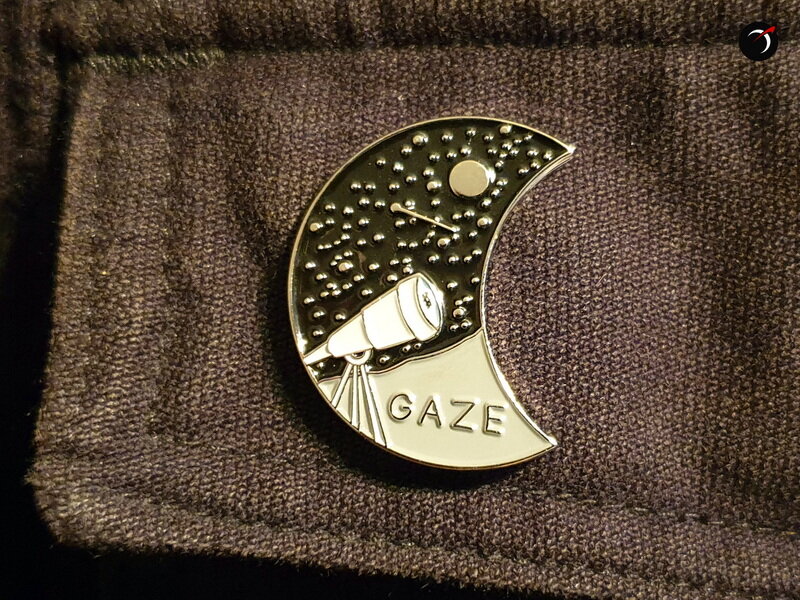
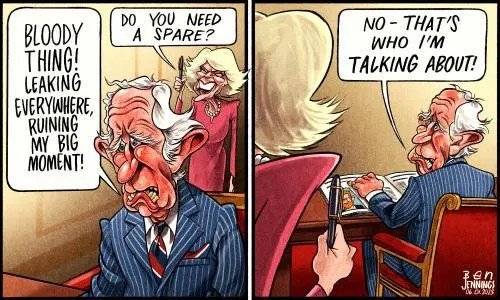
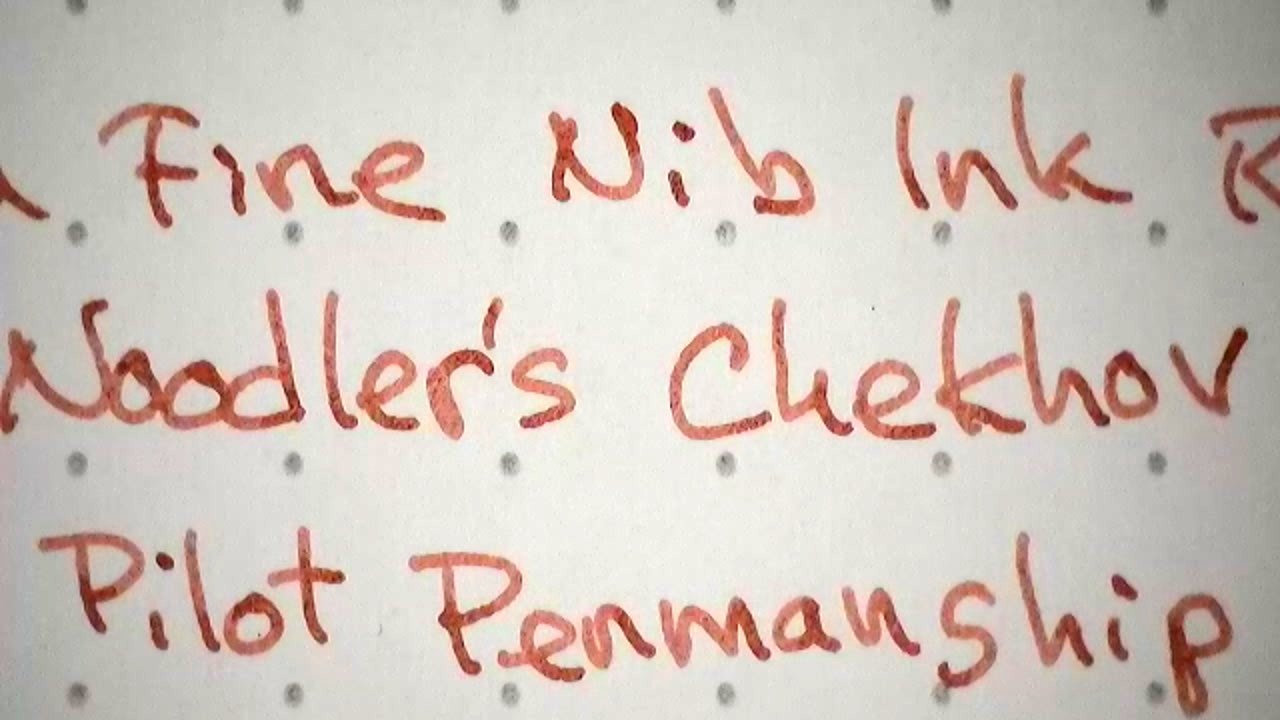
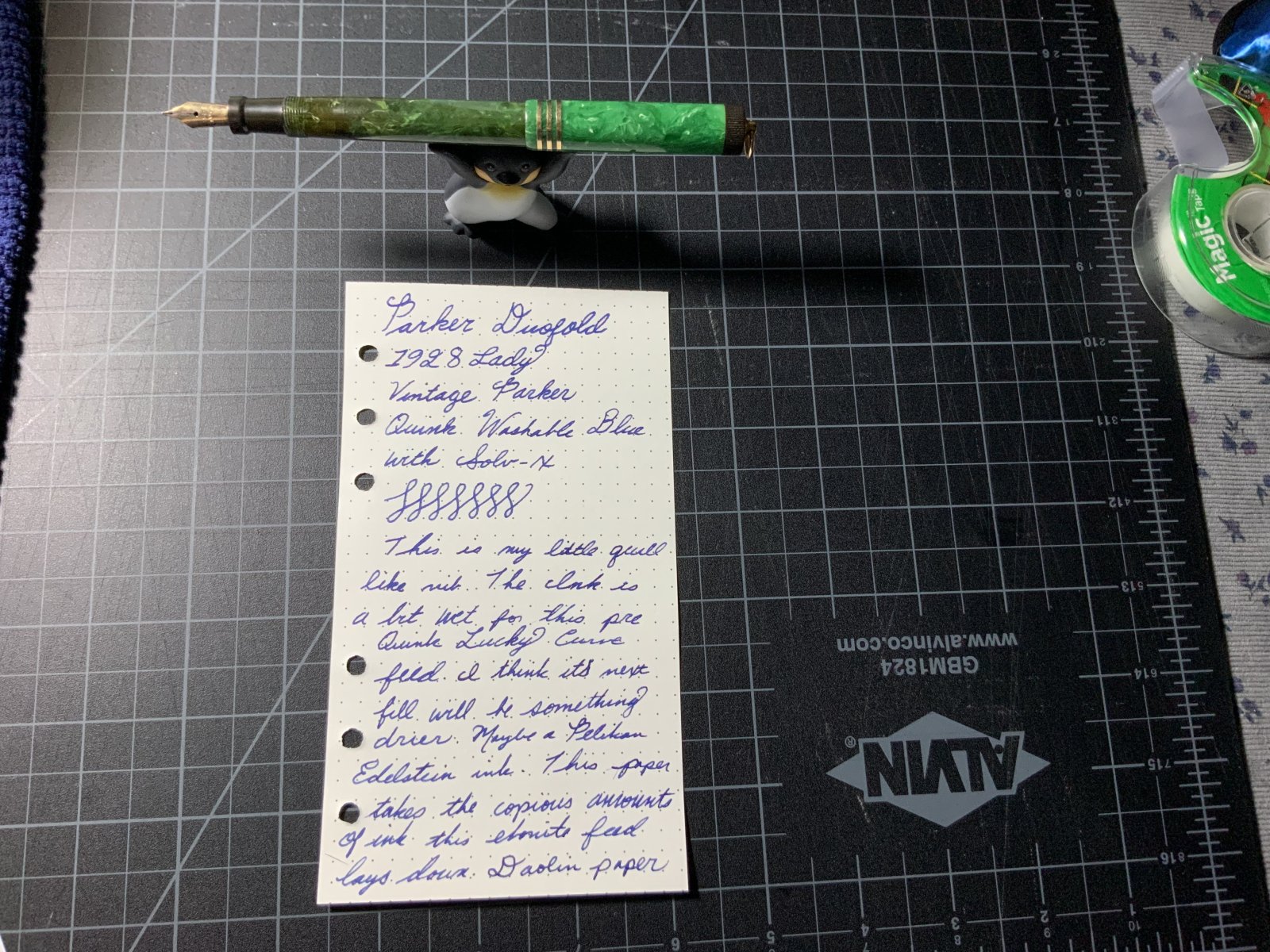

.thumb.jpg.f07fa8de82f3c2bce9737ae64fbca314.jpg)




desaturated.thumb.gif.5cb70ef1e977aa313d11eea3616aba7d.gif)





Recommended Posts
Create an account or sign in to comment
You need to be a member in order to leave a comment
Create an account
Sign up for a new account in our community. It's easy!
Register a new accountSign in
Already have an account? Sign in here.
Sign In Now